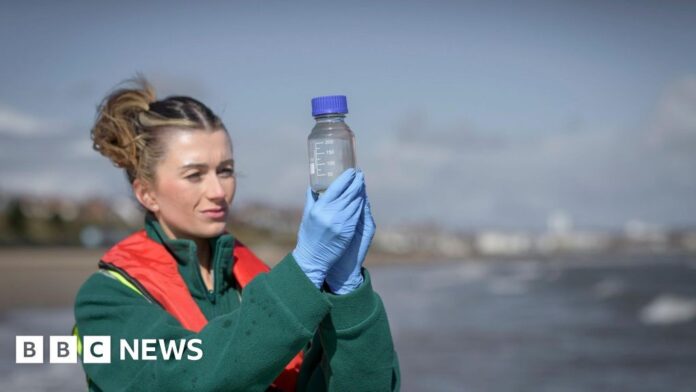Recent investigations reveal that water companies across the UK have been ordered to address elevated levels of per- and polyfluoroalkyl substances (PFAS), commonly known as “forever chemicals,” in drinking water sources affecting more than six million people. The findings, based on an analysis by the BBC, highlight growing concerns about the potential health risks associated with these persistent pollutants.
What are Forever Chemicals (PFAS)?
“Forever chemicals” is a collective term for thousands of man-made substances widely used since the 1940s in a vast array of products, from frying pans and medical equipment to school uniforms. Their very persistence—they don’t readily break down—is what earned them the name. These chemicals have infiltrated the environment, finding their way into water sources through processes like rainwater filtering through landfill sites, industrial releases, and firefighting training exercises.
The Scale of the Problem
The Drinking Water Inspectorate (DWI) has issued enforcement notices to water companies when PFAS levels exceed a threshold of 0.01 micrograms per litre (ug/L), considered a potential danger to human health. Analysis of these notices shows that at least 9,432 tests across the UK network recorded PFAS levels above this limit. Since 2021, water companies have conducted 1.7 million tests for 47 of the most concerning PFAS compounds.
Health Concerns and Emerging Research
The study of PFAS is an ongoing field of research. However, increasing concerns have been raised about the potential health effects of certain PFAS compounds. Earlier this year, the World Health Organization flagged two specific compounds, PFOA and PFOS, as potentially carcinogenic—increasing the risk of thyroid, testicular, and kidney cancers. Both of these substances have now been banned.
A Persistent Challenge for Water Companies
Megan Kirton of environmental charity Fidra explains that the chemical properties of PFAS make them incredibly difficult to remove from water. “It’s a very tough situation,” she stated, “because PFAS is very hard to get out of water. It’s like trying to get milk out of your coffee once you’ve already poured it in there.”
Current Response and Regulatory Landscape
Water companies are currently required to increase testing, adjust or strengthen water treatment, or even remove entire water sources when a PFAS breach is detected. The Drinking Water Inspectorate asserts that their “most comprehensive PFAS monitoring programmes” ensure public confidence in water safety.
However, environmental groups and organizations like the Royal Society of Chemistry argue that current UK guidelines are not legally binding and should be reduced, noting that health effects have been observed at very low levels. Furthermore, an independent review of England and Wales’ water system, commissioned by the government, emphasized the “need for stricter treatment requirements” to protect public health and the environment.
Financial and Technological Hurdles
Removing PFAS is a significant challenge, especially considering the current infrastructure of water treatment facilities. While technologies such as nanofiltration could be deployed more widely, they are expensive and energy-intensive. Water UK estimates that treating PFAS currently costs £70 million annually, a burden they believe should be borne by the chemical companies themselves, rather than passed on to consumers through water bills.
A Path Forward
The UK government is currently preparing a white paper addressing these concerns, with anticipated changes to the Drinking Water Inspectorate. As the nation grapples with the widespread contamination of its water sources by “forever chemicals,” a concerted effort involving stricter regulations, advanced treatment technologies, and corporate accountability will be crucial to safeguarding public health and protecting the environment.
The chemical companies should pay for the treatment costs; it is really unfair for people through their water bills to have this added on top. — David Henderson, CEO of Water UK>
































